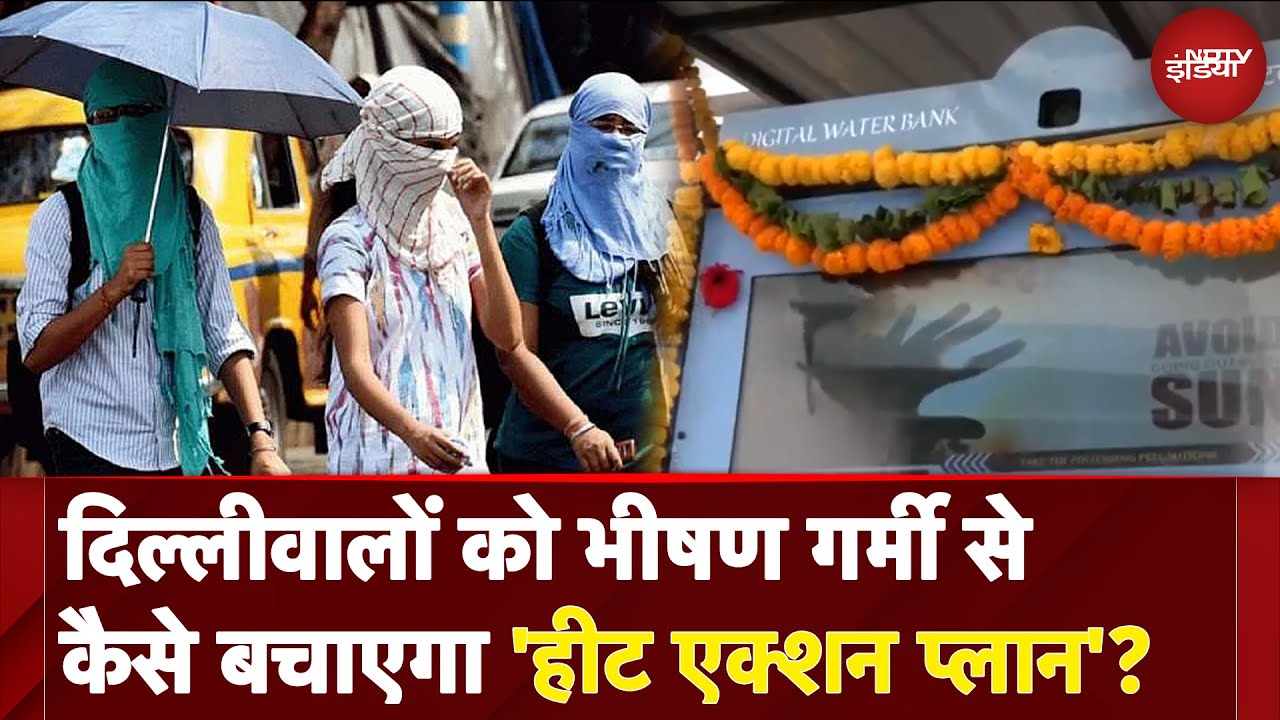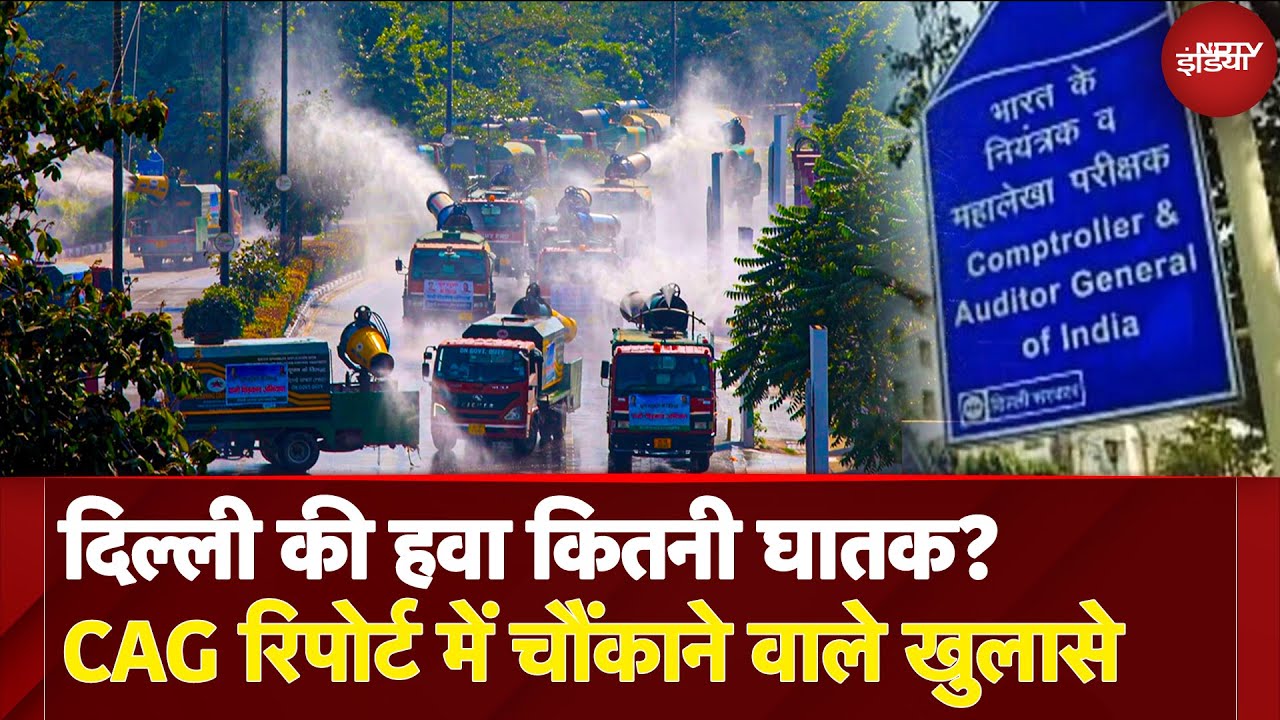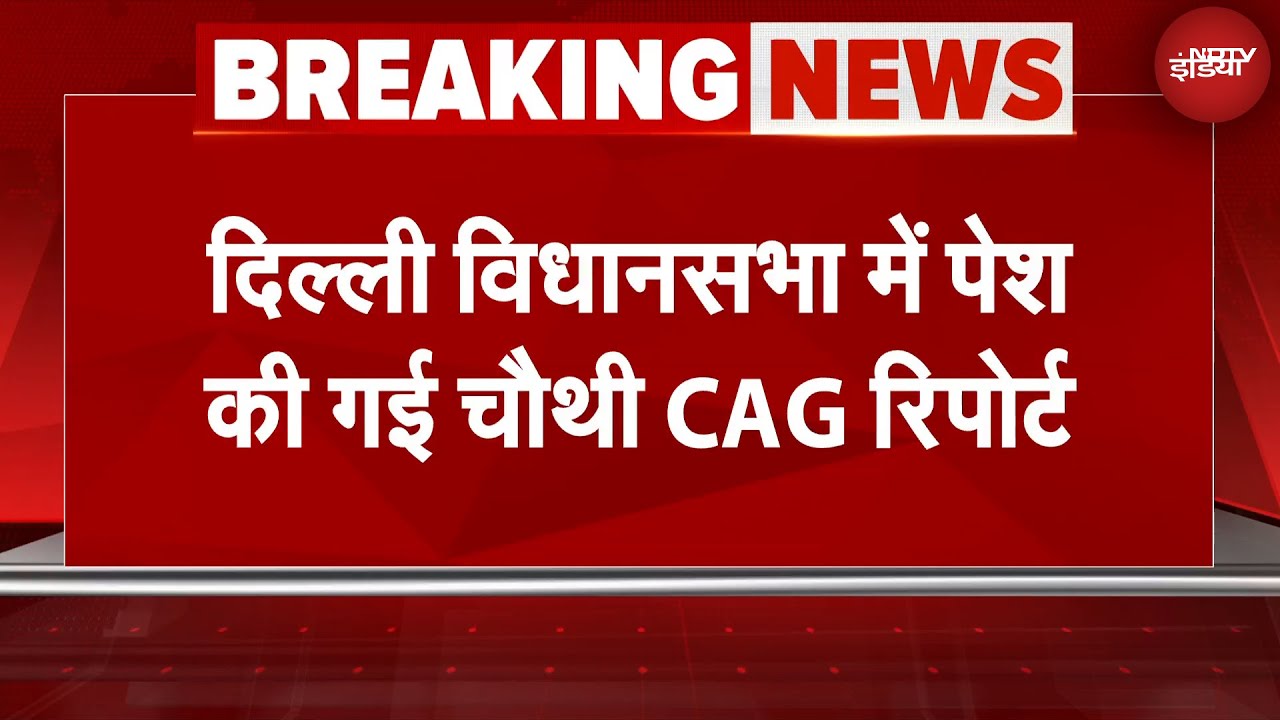- Home/
- Here's Why This Haryana Barrage Is In Spotlight Over Delhi Flood
Here's Why This Haryana Barrage Is In Spotlight Over Delhi Flood

Haryana's Hathnikund barrage has been in the spotlight over the floods in Delhi. The release of water from the barrage is being seen as one of the reasons for the waterlogging in the national capital. The Delhi Government has approached the Centre to seek intervention and prevent the release of water from the Hathnikund barrage. The Centre, however, replied that the excess water from the barrage had to be released.
The Hathnikund barrage had filled up after flow of water from Himachal Pradesh due to the recent heavy rainfall in the hill state.
Usually, 352 cusec water is released every hour from the Hathnikund barrage located in Haryana's Yamuna Nagar. When there is heavy rainfall in the catchment areas, the amount of water released from this barrage also goes up.
Since July 8, when the water level rose in Yamuna after the recent rains, the discharge from the barrage also spiked up. At 4 pm on July 9, 1,11,060 cusec water was released from the barrage. Release of more than 1 lakh cusec water is considered a flood situation. The water release kept rising and on July 11, 3,59,769 cusec water was released from the barrage at around 11 AM.
While the water release came down to 52,042 cusecs at 10 AM today, it is still higher than the usual level.
What is Hathnikund Barrage?
Built on the Yamuna river, the Hathnikund barrage is located on the border of Haryana's Yamuna Nagar and Saharanpur in Uttar Pradesh. The barrage falls under the control of the Haryana government. Water from the Hathnikund barrage is released in three directions.
1. Eastern Yamuna Canal: Through this canal, water is diverted towards UP for irrigation purposes.
2. Western Yamuna Canal: The canal takes water to different parts of Haryana for irrigation purposes. A part of the released water is also diverted to treatment plants in Delhi that process and supply it as drinking water in the city.
3. Yamuna river: After leaving the required water in both canals, the water that remains is left in the main river.
The water from the Hathnikund barrage, which is located nearly 180 kilometres from the national capital, takes around two to three days to reach Delhi.
Latest Stories
- Edited by Nikhil Pandey | Saturday May 10, 2025
India improves its ranking in the 2025 pollution report, dropping from third to fifth place.
- Press Trust of India | Wednesday May 07, 2025 , New Delhi
In an unprecedented sight on Wednesday evening, a 15-minute power blackout was observed in many areas of the national capital, including entire Lutyens' Delhi.
- Press Trust of India | Wednesday May 07, 2025 , New Delhi
The Delhi Cabinet on Wednesday approved a proposal to conduct five cloud-seeding trials to be overseen by IIT-Kanpur.
- Manya Singh | Wednesday May 07, 2025
Air pollution side effects: Here we discuss how exposure to air pollution constantly can affect your health.
- Reuters | Monday April 21, 2025 , Byrnihat
Two-year-old Sumaiya Ansari, a resident of India's Byrnihat town which is ranked the world's most polluted metropolitan area by Swiss Group IQAir, was battling breathing problems for several days before she was hospitalised in March and given oxygen.
................................ Advertisement ................................
Latest Videos
Opinion
Opinion | Why Indians Have Just Given Up On Air Pollution CrisisTanushree Ganguly
Friday December 20, 2024While some may argue that people in Delhi are now more aware of air pollution than they were a decade back, my rebuttal would be that awareness does not mean that people are concerned.
Opinion | You Must Outrage Over Filthy Air More Than Once A YearJyoti Pande Lavakare
Tuesday December 10, 2024Delhi welcomed us with monsoon rains and mangos. We were home. Fast forward a couple of years, in the winter of 2012, I found myself in denial about something other parents, mostly expats, were calling toxic air.
Opinion | Delhi's Air Pollution Situation Is Like A Bad MarriageNishtha Gautam
Friday November 22, 2024On a good day, such as today, the AQI reading in Delhi is 407. We are jubilant at the sickly sunshine trickling through the slightly dissipated smog. At least its not 1600.
दिवाली... पराली... सियासी जुगाली!Ashwini kumar
Monday November 18, 2024दिल्ली-एनसीआर में प्रदूषण का समाधान तो आज तक मिला नहीं. हर साल चिंतित होकर हम-आप सांसों की तकलीफ के साथ-साथ दिल और ब्लड प्रेशर के मरीज भी क्यों बनें?
घर में कैद बुजुर्ग और हांफते लोग, दिल्ली की सांसों में घुला ये कैसा रोग?Nidhi Kulpati
Friday November 08, 2024हमारी हवा जहरीली हो रही है. गुरुवार की शाम को जब मैं इस मुद्दे पर लिखने बैठी तो AQI लगातार 400 पार जाकर दम घोंट रहा था. बहुत लोगों को यह मामला बोरिंग लगे, लेकिन जब आप अपने साथ काम करने वालों को खांसते-हांफते देखते-सुनते हैं, तो चिंता होने लगती है. सुबह उठते ही दरवाजे खिड़कियां खोलने के लिए डॉक्टर मना कर रहे हैं. बड़े बुजुर्गों के लिए तो मॉर्निंग वॉक बाहर की दुनिया से सीधे संपर्क का ज़रिया है, लेकिन डॉक्टर इसकी भी मनाही कर रहे हैं.


















